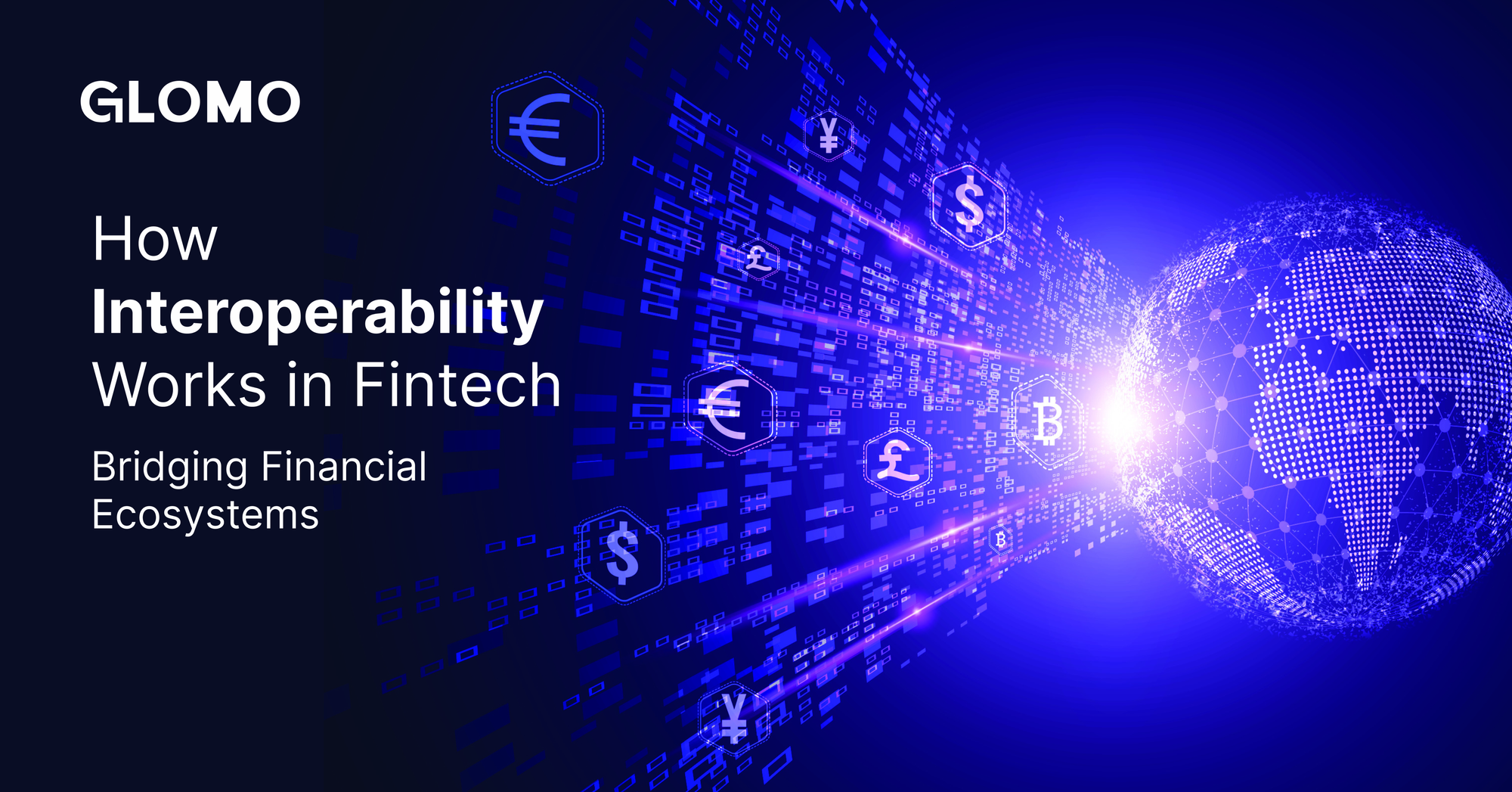How Interoperability Works in Fintech: Bridging Financial Ecosystems

What is Interoperability?
Facilitating seamless transactions across different payment systems and financial institutions requires managing certain complexities within international payments. Staying compliant while offering seamless transactions is one of them. Interoperability refers to the seamless exchange of data and transactions across different financial systems, platforms, and institutions. This enables a merchant sitting out of Africa to provide products and services to customers sitting in the USA while exchanging funds in the local currency.
The need for interoperability is even more urgent because Financial Systems have traditionally worked in silos making cross border payments cumbersome. With the rise of open banking systems, decentralised finance and cashless payments, interoperability has become mandatory for the following reasons:
- Improve user convenience by enabling cross-platform transactions
- Foster financial inclusion by connecting underbanked populations to global financial networks
- Reduce operational friction and transaction costs
- Promote competition and innovation in the financial sector
How does Interoperability work?
- Payment interoperability ensures that various payment systems, including banks, digital wallets, and card networks, can seamlessly communicate and process transactions. By leveraging global standards such as ISO 20022, SWIFT, and API-based integrations, payment interoperability enables real-time fund transfers and currency conversions, reducing delays and improving transaction efficiency across different financial ecosystems.
- Regulatory and compliance interoperability aligns payment processes with global frameworks such as Anti-Money Laundering (AML), Know Your Customer (KYC), and Financial Action Task Force (FATF) guidelines. Compliance with region-specific laws like GDPR in Europe, CCPA in the U.S., and PSD2 in the EU ensures the secure handling of financial transactions. By harmonizing these regulatory requirements, financial institutions and fintech companies can operate seamlessly across multiple jurisdictions while mitigating legal and compliance risks.
- Data interoperability facilitates structured and standardized data exchange between financial entities through formats like ISO 20022, SWIFT MT messaging, blockchain protocols, and Open Banking APIs. By ensuring consistency and integrity in transactional data, interoperability reduces errors, enhances fraud detection, and improves financial transparency. Secure, real-time access to payment data allows financial institutions, regulators, and businesses to operate more efficiently, fostering a more connected and compliant financial ecosystem.
Challenges
- Standardization Issues: one of the bigger struggles of Interoperability is the fact that different regions and banking systems operate under varying regulatory frameworks, compliance standards, and technological infrastructures. While some countries have embraced open banking and standardized messaging formats like ISO 20022, others still rely on legacy systems with fragmented policies. Bridging these differences requires significant investment in infrastructure, compliance mechanisms, and cross-border coordination. Financial players operating in this environment must navigate complex regulatory landscapes to ensure seamless and compliant transactions.
- Data Privacy and Security Risks: Cross-border money exchanges involve the transfer of highly sensitive financial data across multiple platforms, increasing the risk of cyber threats, fraud, and data breaches. Each jurisdiction has its own data protection laws, such as GDPR in Europe or CCPA in the U.S., making compliance even more complex. Secure encryption, real-time fraud monitoring, and robust authentication protocols are essential to mitigating these risks. This is precisely where Glomo steps in—by implementing advanced security measures, regulatory-compliant frameworks, and seamless data-sharing mechanisms, Glomo ensures that cross-border transactions remain secure, efficient, and compliant in an increasingly digital financial world..
How Glomo provides Interoperability
- Enhancing Data Interoperability: Glomo implements solutions that facilitate the secure and efficient exchange of payment data across borders. By aligning with global data frameworks and regulatory standards, they ensure that information accompanying cross-border payments is consistent and reliable, which is crucial for compliance and transparency.
- Bridging Diverse Financial Systems: By acting as an intermediary, Glomo connects various financial institutions and payment service providers (PSPs) across different countries. This bridging function ensures that transactions can flow seamlessly between systems that might otherwise be incompatible, thereby enhancing the reach and accessibility of financial services.
- Standardizing Payment Protocols: Glomo adopts and promotes standardized payment formats and protocols, such as SWIFT and ISO 20022. These standards enable the consistent exchange of payment information between diverse systems, reducing errors and enhancing efficiency. The adoption of ISO 20022, in particular, harmonizes data formats, allowing for smoother cross-border transactions.
- Supporting Diverse Business Models: Glomo offers tailored solutions for various sectors, including global businesses, marketplaces, and educational institutions. By providing robust payment solutions that handle transactions securely and efficiently, they enable these entities to operate smoothly across borders, thereby promoting interoperability in different economic segments.
Conclusion
Interoperability is the backbone of a seamless, efficient, and globally connected financial ecosystem. As financial institutions, fintech companies, and payment service providers work to bridge gaps between diverse payment systems, regulatory frameworks, and data structures, the benefits of interoperability become increasingly clear. It enhances user convenience, fosters financial inclusion, reduces operational friction, and drives competition and innovation. However, achieving true interoperability requires overcoming challenges such as regulatory fragmentation, data security risks, and standardization hurdles.
As technology advances and global financial transactions continue to grow, the need for robust interoperability solutions will only intensify. Companies like Glomo are playing a crucial role in shaping the future of cross-border payments by integrating standardized protocols, ensuring regulatory compliance, and facilitating seamless data exchange. By addressing these challenges head-on, the financial industry can move towards a more inclusive and frictionless global payment ecosystem—one where businesses and individuals, regardless of geography, can transact effortlessly and securely.
